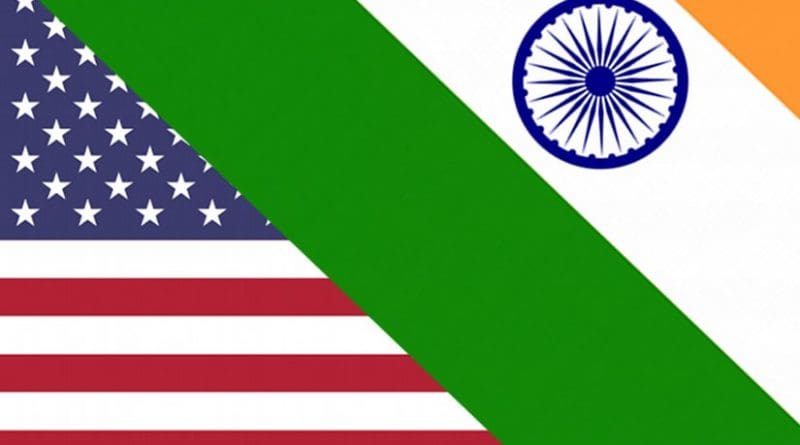Not Easy To Bully India – OpEd
When around 50 students were stopped from boarding a United States-bound flight at Hyderabad, which incidentally sends in the highest number of students to the US for higher studies, it made news in India.
Being deported or stopped from boarding a US-bound flight has been a regular occurrence and has always be met with deep-rooted servility, and also has not been considered worthy of being published. After all, going to the US was always an achievement of sorts. And that view: “There must have been some issue with our people…” would pervade. So, a rap on the knuckles for trying to enter into the US, however legally, would be met with little or no resistance.
This time around, however, things were different. India took umbrage.
“We were treated badly by the US officials. Even after confirming I had all documents in place, they said I cannot be allowed into the US. They gave me the option of withdrawing the visa or said they could cancel it, barring my entry into the US for five years,” said a student, while others and their family members were left furious over the on-going fracas and the “embarrassment and insult” they have to suffer.
Apparently, one section of the US administration — Customs and Border Protection — refused to honor the visa given by the other — the US Consulate. This underlines the fact that a visa issued was not a guarantee for US entry. What is important is that immigration officials at the port of entry should be satisfied with the intent of one’s visit leaving it open to subjective interpretation and discretion which would almost always be arbitrary.
The Indian government swiftly sought an explanation from the US on why so many Indian students with valid visas were denied entry into the country and took up this matter with the US government.
“We have asked the US authorities to explain the reasons for denial of entry on a large scale to Indian students holding valid visas. The response of the US Government is awaited,” said the Ministry of External Affairs.
Concurrently and in a similarly tough tone, India warned the US of consequences for its companies if lawmakers tighten visa rules on high-tech firms as part of an immigration overhaul. India perceives a decision to restrict certain temporary visas for skilled workers as a sign that the US economy is becoming less open for business.
Taking an aggressive stand, probably for the first time after the Khobragade imbroglio, India has underlined the fact that the US can’t treat it lightly as in the past. In 2015, international students contributed more than $30.5 billion to the US economy and India’s role was colossal. In the 2014-15 academic year, 1,32,888 Indian students were studying in the US, up 29.4 percent from the previous year. India held the second leading place of origin for students coming to the US and comprises 13.6 per cent of the total international students in the US. In 2015, Indian students in US colleges and universities contributed $3.6 billion to the economy.
India had been the leading place of origin for international students in the US for eight years from 2001-02 through 2008-09. In 2009-10, China replaced India as the top sender and remains in that position today. The number of Indian students in the US is more than double of what it was in 1999-2000.
Now, let’s examine the role of China. In all 3,04,040 students from China are studying in the US today. The number is up 10.8 percent from the previous year. China remains the leading place of origin for students coming to the US for the sixth year in a row and makes 31.2 percent of international students studying in the US. In 2015, Chinese students in US colleges and universities contributed $9.8 billion to the US economy.
The Indian Diaspora particularly comprising students, has grown from strength to strength. Now, in particular, no foreign nation – however powerful – can afford to take India lightly. With purchasing power on the rise coupled with the newly-fangled tough-speak and positivity, India has arrived. In 2014, over 3,00,000 Indian students went abroad for further studies as did more than 6,50,000 students from China. Though the number of students going abroad is higher in China, India has shown a 10 percent increase as compared to China’s 8 percent. Almost 85 percent of Indian students going abroad to study head to US, UK, Canada, Australia and New Zealand.
Now, let’s examine the viability options for India where students from the US are concerned. India isn’t a preferred choice for US students to study abroad. A US student is likely to opt for UK, Italy, Spain, France, China and so on before considering India, which comes 12th in terms of hosting US students. In the academic year 2013-2014, only 4,583 students – a meagre 1.5 per cent of total students who leave the U.S. to study abroad – came to study in India and fetched a pittance by way of contribution to the Indian economy. Compare that to the whopping $3.6 billion, Indian students contributed to the US economy in 2015. Stopping them en route seems like shooting oneself in the foot.

